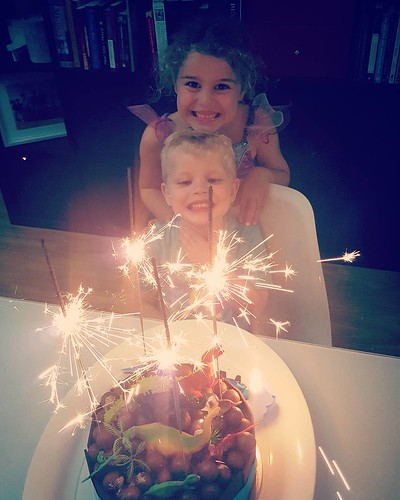Evaluation and modifying of intron two of FGFR2. A) Estimated relative danger of rs2981578 related with breast most Sepantronium bromide cancers improvement, for each achievable genotype. Information from [3,4]. B) Duplicate quantity variation (CNV) at the FGFR2 locus in a panel of Period constructive (pink) and Era unfavorable (white) breast most cancers cell lines. Info attained from DNA copy quantity Affymetrix SNP 6. array, Cancer mobile line Encyclopaedia (Wide Institute). The table signifies the rs2981578 genotype in a panel of breast cancer mobile lines and their respective ER standing and FGFR2 duplicate quantity (CN). C) The goal website of the FGFR2 ZFN pair. Genome modifying was carried out at in the 2nd intron of FGFR2, at the ZFN cutting web site, a hundred bp away from rs2981578. An exogenous mend template was used for focused homology fix and introduction of the chance allele in MCF7 cells. D) Surveyor Assay in MCF7 cells soon after ZFN or GFP transient transfection. Post PCR DNA items were digested with Cel-I endonuclease to evaluate ZFN-mediated cleavage of the target web site. E) Sequencing trace of the rs2981578 locus (asterisk) demonstrating the introduction of the risk allele (AG) in the usually homozygous MCF7 cells (AA).
After 24 several hours, medium was changed with hunger medium (DMEM +.one% BSA). The pursuing morning, starved cells had been stimulated from 5 min to 1 hour with differing concentrations of ligand (one hundred, 50, ten, one ng/ml of FGF7 or FGF10, Peprotech) and three hundred ng/ml of Heparin (Sigma). At the stop of the treatment time level, the cells were lysed in 2X NuPage Sample buffer (Invitrogen) supplemented with ten mM DTT and western blotting was executed making use of anti phospho-ERK (#9101S, Mobile Signalling) and anti-HSC70 antibodies (sc-7298, Santa Cruz). Frozen tissue from ER constructive breast tumours was received from the Breast Most cancers Campaign Tissue Lender (Barts Most cancers Institute, BCI), beneath ethical acceptance (Ethics REC reference: 10/ H0308/49) from the North East London ethics committee. Whole DNA from breast tissues was extracted utilizing a GenEluteTM mammalian genomic DNA miniprep package (Sigma) (according to manufacturer’s directions) and overall RNA was purified employing Trifast reagent (PeqLab). SNP genotyping of rs2981578, rs1047100 and rs755793 was done by Taqman SNP11433393 genotyping assay (Utilized Biosystems). Genotyping benefits ended up visualized utilizing the Genotyper application, version 1..1 (Utilized Biosystems), while distinct allele amplification data could be study utilizing SDS computer software, model 2.3 (Used Biosystems).
The breast adenocarcinoma MCF7 cell line [fifteen] and derived clones had been cultured in DMEM supplemented with L-Glutamine and 10% foetal bovine serum (FBS), as ended up T47D, H3396, BT20, MDA-MB-231, MDA-MB-453 and b4-1089 [sixteen] cell strains. MCF10A cells were cultured in DMEM:Ham’s F12 one:one quantity, insulin from bovine pancreas (10 mg/ml), Hydrocortisone (five hundred ng/ml), cholera enterotoxin (one hundred ng/ml), human EGF (twenty ng/ml) and five% horse serum (all from Sigma). ZR-75-one and SKBR3 traces have been cultured in RPMI medium (PAA laboratories) supplemented with ten% FBS. MDA-MB-468 cells required L15 medium and ten% FBS. SUM159 cells ended up cultured in Ham’s F12 medium with 5% FBS, insulin (.01  mg/ml) and hydrocortisone (five hundred ng/ml). Genomic DNA was purified from every single cell line utilizing the GenEluteTM mammalian genomic DNA miniprep package (Sigma) according to the manufacturer’s recommendations and the samples have been sequenced using a Huge Dye Terminator kit (Applied Biosystems).
mg/ml) and hydrocortisone (five hundred ng/ml). Genomic DNA was purified from every single cell line utilizing the GenEluteTM mammalian genomic DNA miniprep package (Sigma) according to the manufacturer’s recommendations and the samples have been sequenced using a Huge Dye Terminator kit (Applied Biosystems).
